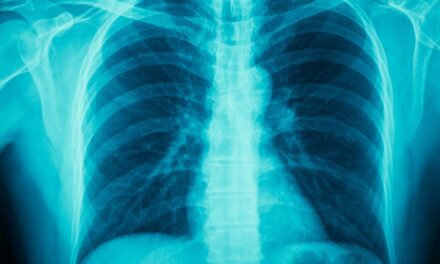Ultraviolet lights could reduce the spread of tuberculosis (TB) in hospital wards and waiting rooms by 70%, according to research from Imperial College London, the University of Leeds, Hospital Nacional Dos de Mayo, Lima, Perú, and other international institutions. Published in PLoS Medicine, the study explored the transmission of tuberculosis from infected patients to guinea pigs. Findings suggest that installing ultraviolet C (UVC) lights in hospitals could help reduce the transmission of TB, including drug-resistant strains.
Researchers found that TB bacteria spread when an infected patient coughs can be killed by hanging a shielded UVC light from the ceiling with a fan to mix the air. UVC light kills tuberculosis bacteria, including drug-resistant strains, by damaging their DNA so they cannot infect people, grow, or divide. It is already used at high intensity to disinfect empty ambulances and operating theatres.
"When people are crowded together in a hospital waiting room, it may take just one cough to infect several vulnerable patients. Our previous research showed that opening windows in a room is a simple way to reduce the risk of tuberculosis transmission, but this is climate-dependent—you can’t open the windows in the intensive care ward of a Siberian hospital for example," says Principal investigator Rod Escombe, MD, PhD, from the Wellcome Trust Centre for Clinical Tropical Medicine at Imperial College London, in a press release on the study.
Plans are already underway to install upper room UV lights in the chest clinic at St Mary’s Hospital, part of the Imperial College Healthcare NHS Trust, which will be the first hospital to have them in the UK.
A typical UVC ceiling light costs around US$350 making implementing the use of UVC lights a comparatively low-cost measure. The researchers are now working to develop more affordable US$100 units.
"The lights must be set high enough to ensure patients and health workers are not overexposed, but if the lights only treat air at that level, there will be little benefit. To be most effective, ventilation systems need to create a constant flow of treated air down to patient level, and potentially infected air up towards the lights," says Cath Noakes, PhD from the University of Leeds‘ Faculty of Engineering.









